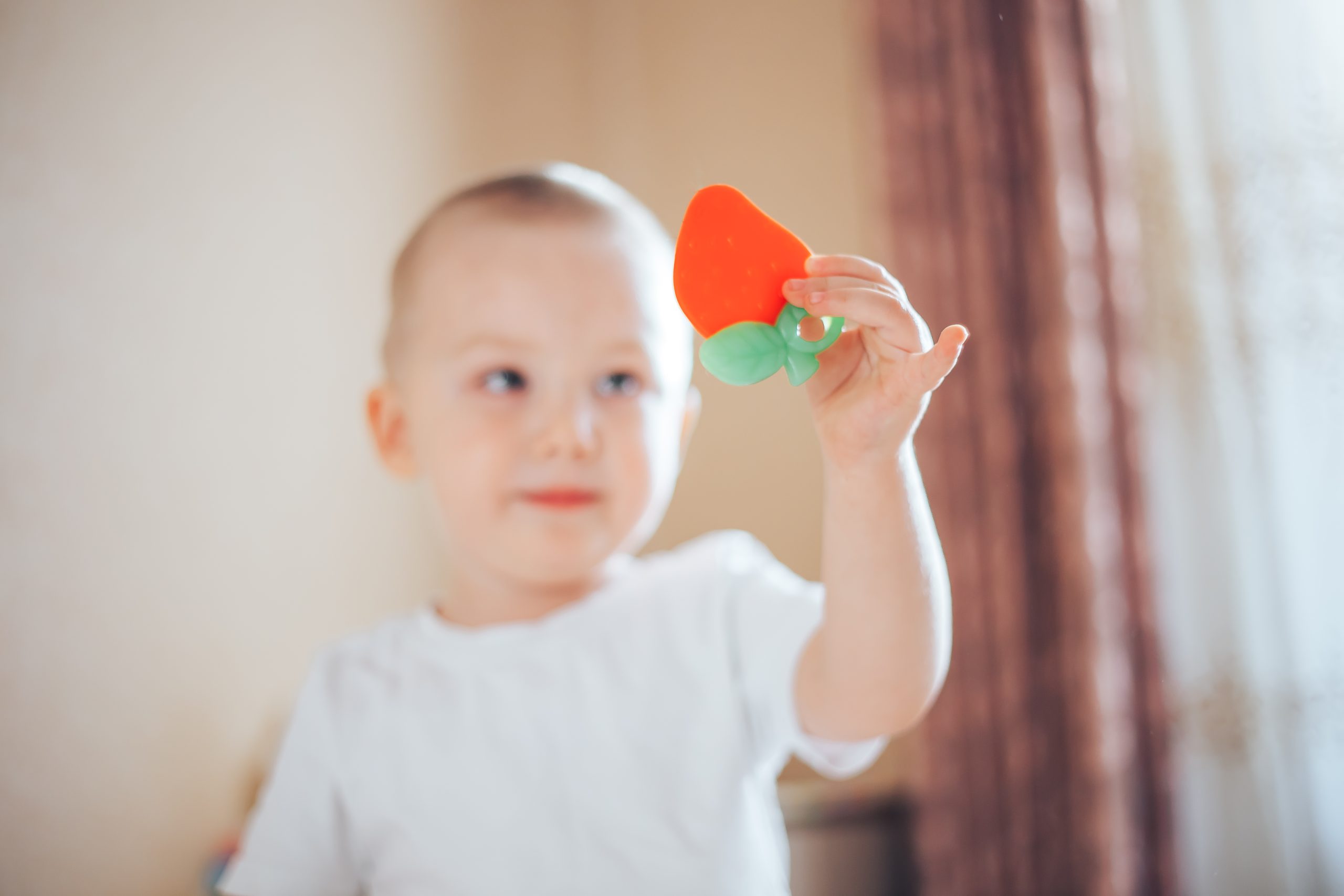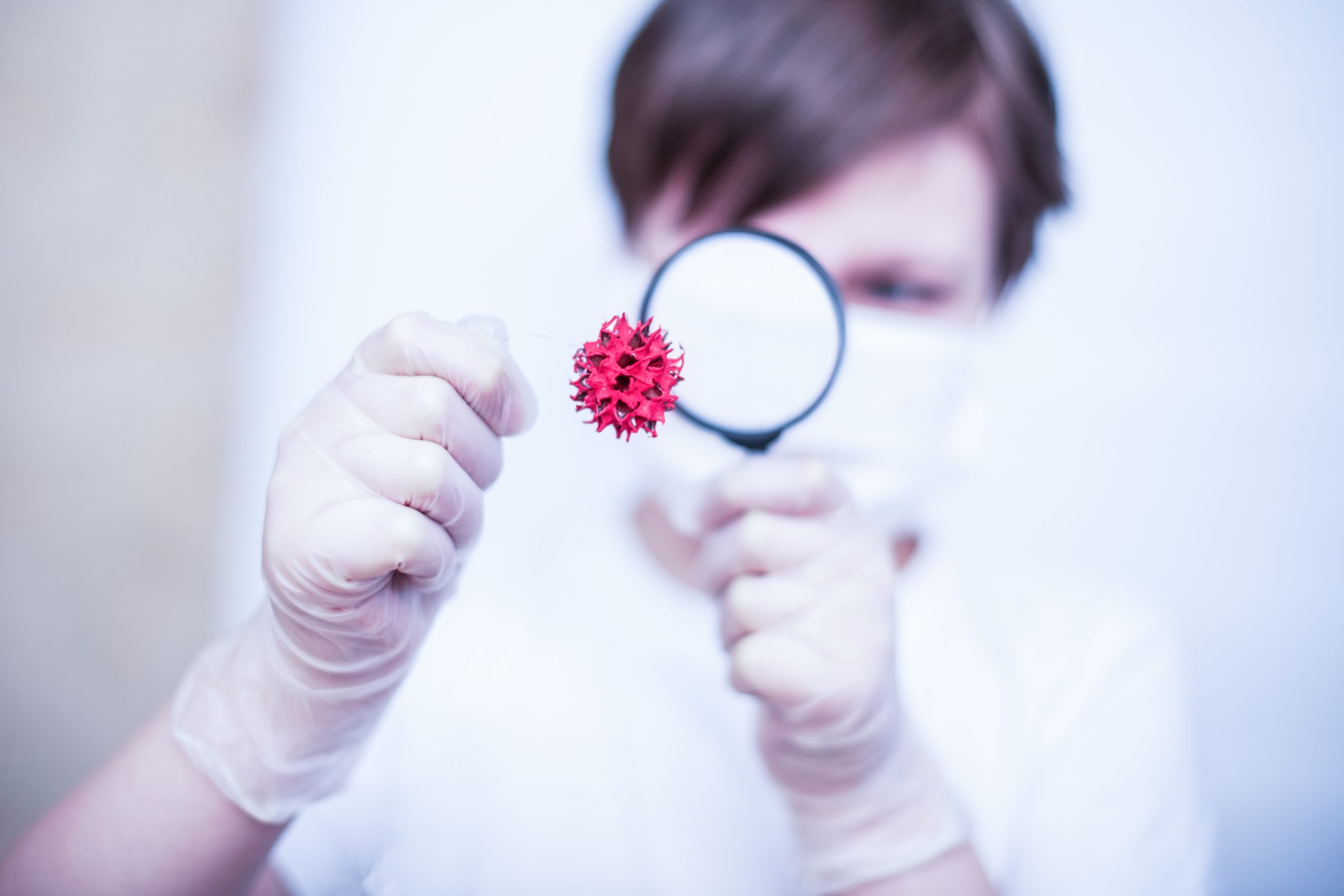Teething and gum pain in children, tips and treatment
- Gum diseases in children, what are they and what are their symptoms?
- Signs of teething in babies
- To calm and soothe the gums in several ways, what is the best way?
- How do I take care of my child’s new teeth?
- How is the treatment of gum disease and teething in a child?
Teething is normal but can be a traumatic experience for infants and young children. Oftentimes, well-meaning parents and caregivers who want to ease a baby’s pain turn to potentially harmful medications and products.
Gum disease in children, what are their symptoms?
Periodontal disease is a serious bacterial infection that destroys the gums and the supporting structures of the teeth
An inflammatory disease that causes severe damage to the gums, jawbone and surrounding tissues. The disease can loosen your teeth and eventually cause tooth loss if left untreated.
Gum disease is highly treatable if caught early, if pockets develop and bone loss occurs, it is difficult to treat the disease without surgery.
Symptoms:
Where the symptoms contain several stages, including the initial stages, which occur without symptoms and are pain, and even in the advanced stages, the symptoms are very slight and insignificant, and although the symptoms of gum disease are very few, but they are distinct, as they include the following:
- The gums are red and swollen.
- Pain in the gums that does not go away.
- An unpleasant smell appeared in the mouth that does not go away, as the plaque contains millions of bacteria that produce foul-smelling waste.
- Bleeding when brushing or flossing the teeth.
Teething: Tips to relieve gingivitis:
If your baby is teething and keeps you up at night, you should know how to soothe gingivitis and take care of your baby’s new teeth.
The timing of teething varies greatly, but babies often start teething at about 6 months of age, and the lower front teeth in the middle are usually the first to emerge, followed by the front teeth at the top.
Signs of teething in children:
- Excessive salivation.
- Chewing anything that appears in front of the child.
- Ulcers in the gums.
- A slight increase in temperature.
Many people believe that teething causes fever and diarrhea, but researchers stress that these symptoms are not indicators of teething.
To calm and soothe the gums several ways, what is the best way?
- Rub your baby’s gums, using a clean finger or wet gauze to rub your baby’s gums, as pressure can ease the pain.
- Keeping cool using a cold spoon or unfrozen refrigerated teething ring can be soothing to baby’s gums.
- Dry your baby’s saliva, as excessive drooling is part of the teething process. To prevent skin irritation, keep a clean piece of cloth near you to dry your baby’s chin. Make sure to apply a moisturizer such as a water-based lotion or cream.
How do I take care of my child’s new teeth?
Run a clean, soft cloth over your baby’s gums twice daily – after a feeding in the morning and before bed. Cleaning can prevent food debris and bacteria from accumulating in your child’s mouth.
When your child’s first teeth appear, use a small, soft-bristled toothbrush to brush his teeth twice a day. Until your child learns to spit—at about age three—use a swab of fluoride toothpaste no larger than the size of a grain of rice. Then switch to a pea-sized doll when your child approaches 2 to 3 years of age.
It’s also time to think about regular dental checkups. The American Dental Association and the American Academy of Pediatric Dentistry recommend scheduling a child’s first dental visit on or near their first birthday.
Remember that regular dental care in childhood helps pave the way for a life of healthy teeth and gums.
How is the treatment of gum disease and teething in a child?
Treatment depends on your child’s symptoms, age, and general health, and also depends on the severity of the condition. Early treatment is important to prevent gum disease from worsening. If the disease is left untreated, the bone under and around the teeth may dissolve, and they will not be able to hold the teeth in place. Treatment may include any or a combination of the following:
Good dental care Regular dental cleanings can help fight gingivitis, the mildest form of gum disease, and your child will also need to brush and floss daily. And deep cleaning, it can help remove plaque and tartar under the gums and infected tissue in the early stages of the disease, and it can also soften damaged root surfaces of the teeth, and the gums can then stick to the teeth, antibiotic drugs can be placed in the periodontal pockets or it can be given in the form of tablets To be taken orally when periodontal disease has progressed, the affected areas under the gums must be cleaned, and tissues can also be reshaped or replaced.



